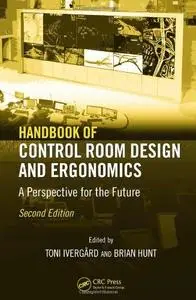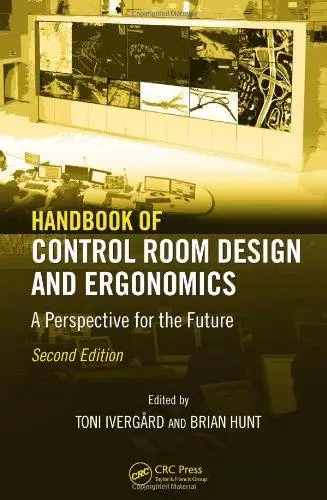Handbook of Control Room Design and Ergonomics: A Perspective for the Future, Second Edition By Toni Ivergard, Brian Hunt
2008 | 384 Pages | ISBN: 1420064290 | PDF | 8 MB
2008 | 384 Pages | ISBN: 1420064290 | PDF | 8 MB
First published two decades ago, the first edition of Handbook of Control Room Design and Ergonomics: A Perspective for the Future became a benchmark for the field. Current-day process control encompasses a new generation of computer systems with enormous capabilities, including new display technologies. These new and emerging technologies integrated with human factors create an interconnectivity that enhances organizational development. This new edition of the handbook addresses developments in the concept of "Control Rooms". It includes modern approaches that emphasize the role of people in learning for self-development and in shaping their work environments. New in the Second Edition: Extensive coverage of the use of the control room and its related computer system outside the work of monitoring and supervising the processes Discussion and explanation of how the control room can also be used for the purposes of education and simulation training Discussion of the use of the control system for optimizing and developing the existing systems and processes A section on new ideas and philosophies about organizational design and job design as these are applied to control room related work Proposed organizational designs of the future Theoretical background about learning, learning in the workplace, and lifelong learning Creativity and learning are rapidly becoming integral parts of the design of work environments and work processes and utilize the ICT potential of modern control systems. Using original case studies, the authors describe and illustrate some creative and exciting organizational designs of the future, including new perspectives learning, learning in the workplace, and lifelong learning. Taking a holistic view, they make a strong argument for integrating in the workplace of the new control centers in the context of society as a whole, including global concerns such as environmental protection, energy conservation, and sustainability.



